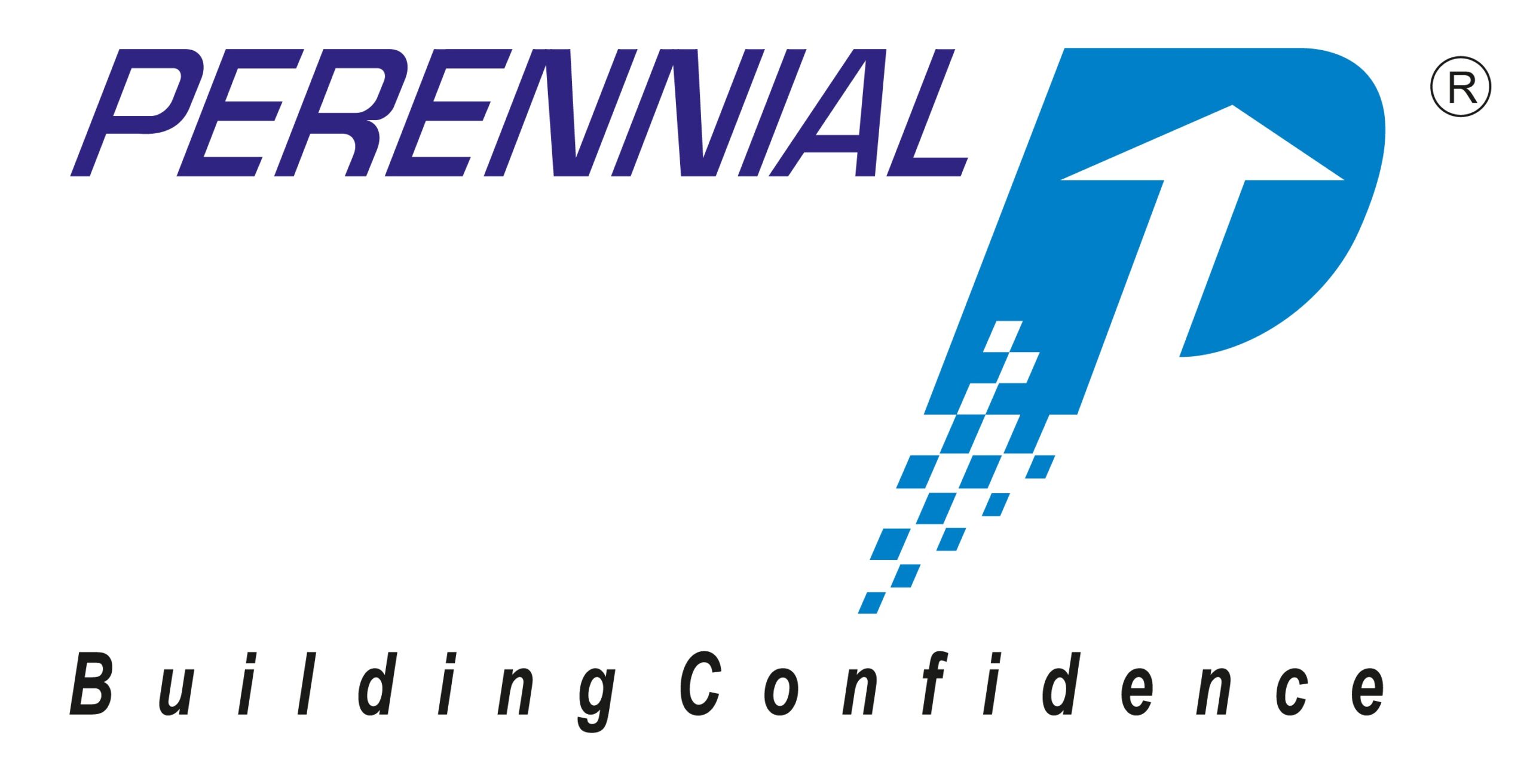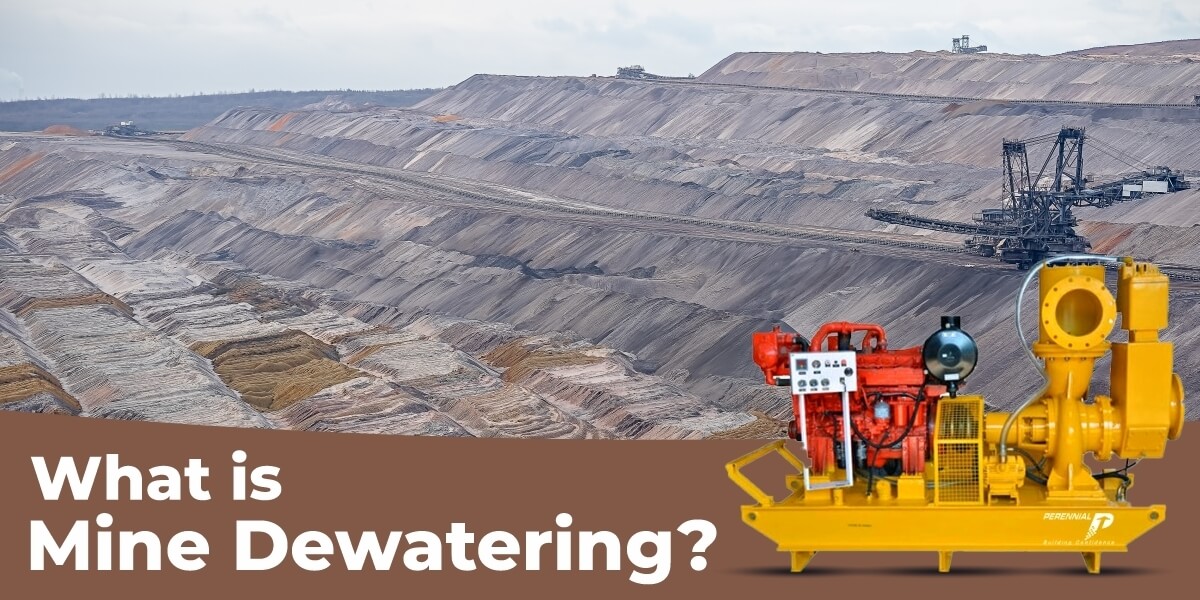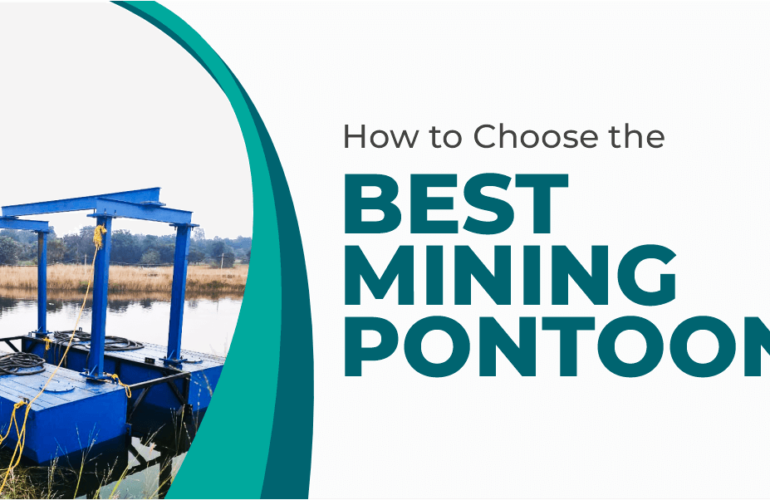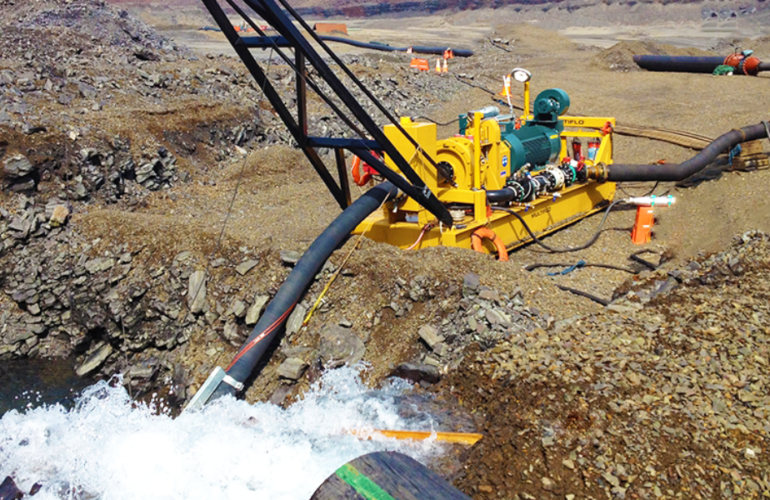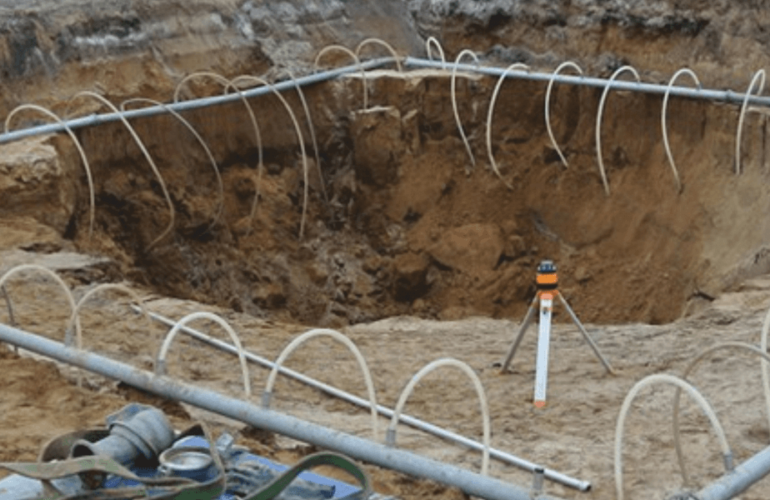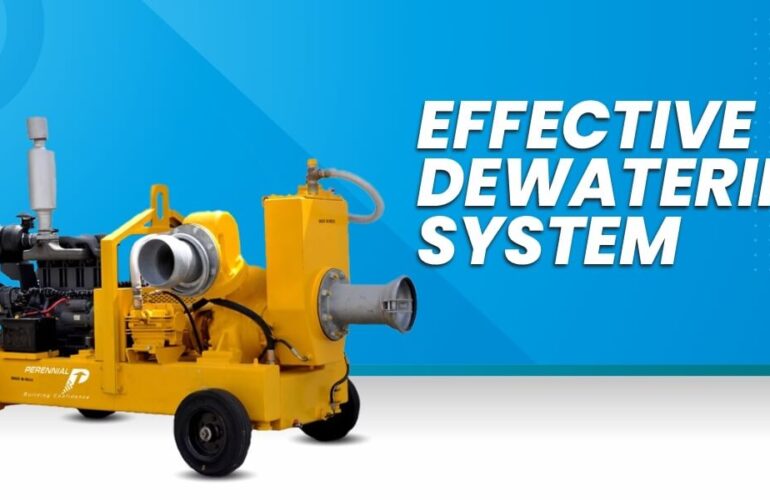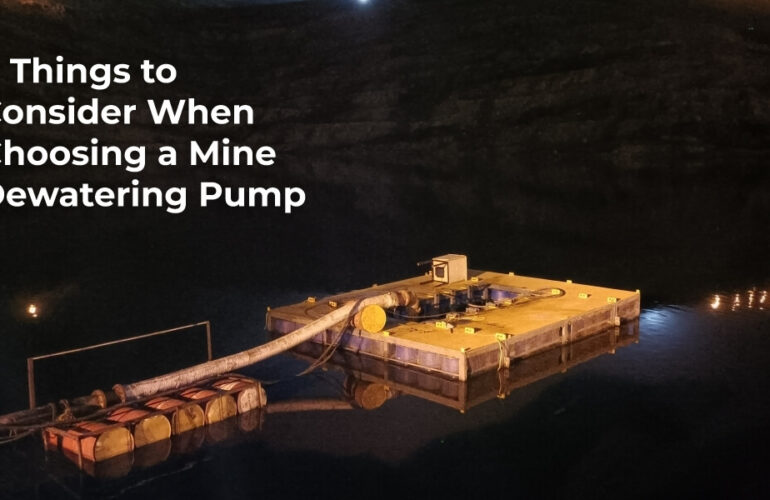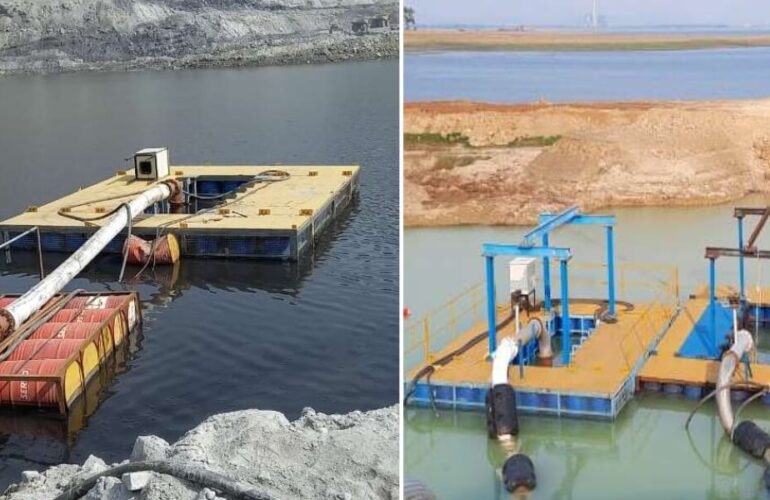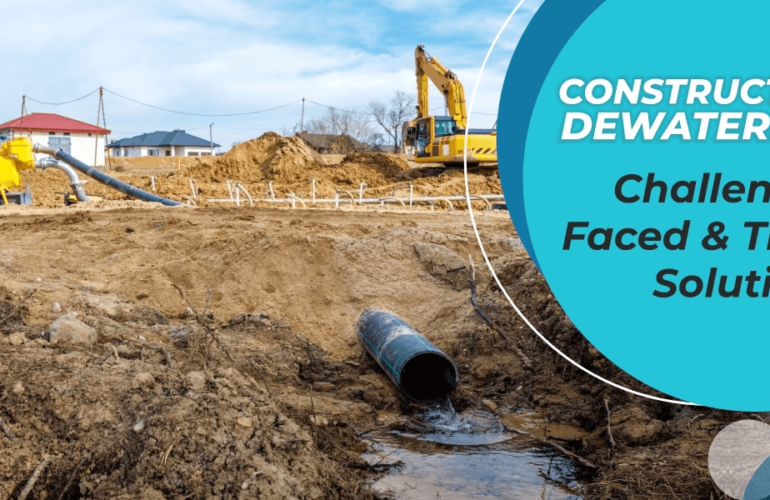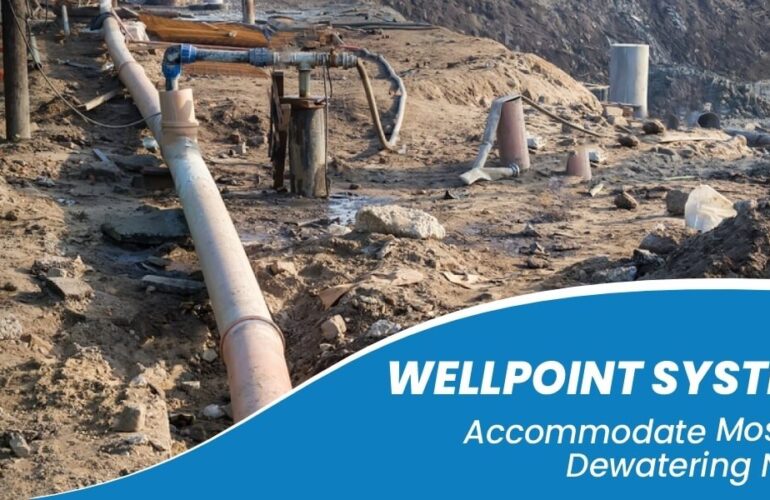What is Mine Dewatering?
Mine dewatering is the process of removing groundwater from a mine. This is important because groundwater can pose several safety and operational hazards, including:
- Flooding: Groundwater can flood a mine, making it impossible to work and damaging equipment and infrastructure.
- Ground instability: Groundwater can destabilize the ground, leading to landslides and other collapses.
- Corrosion: Groundwater can corrode equipment and infrastructure.
- Contamination: Groundwater can contaminate drinking water supplies, posing a health risk to people in the area.
Methods of Mine Dewatering

Mine dewatering can be carried out using a variety of methods, including:-
- Pumping: This is the most common method of mine dewatering, and involves using dewatering mining pumps to remove water from the mine and discharge it to a safe location. There are a variety of different types of dewatering pump for mines that can be used for mine dewatering, including submersible pumps, surface pumps, underground mine dewatering pumps, and high-wall pumps. The type of pump used will depend on the specific needs of the mine.
- Draining: This method involves using gravity to drain water from the mine. This is usually only possible in open-pit mines, where the mine floor is below the water table. Drains are typically dug around the perimeter of the mine and then connected to a sump pump, which removes the water from the sump and discharges it to a safe location.
- Wells: Wells can be used to lower the water table around the mine, which can help to reduce the amount of water that infiltrates the mine. Wells are typically drilled around the perimeter of the mine and then pumped to lower the water table.
- Other methods: Other methods of mine dewatering include electro-osmosis, freezing, and chemical grouting. These methods are less commonly used than pumping, draining, and wells, but they may be necessary in some cases.
The type of dewatering method used will depend on many factors, including the type of mine, the geology of the area, and the volume of water that needs to be removed.
Mine dewatering is an integral part of mining operations, and it is essential for ensuring the safety and efficiency of mining operations.
Different Mine Dewatering Methods
Here is a more detailed explanation of each of the main mine dewatering methods:-
Pumping
Dewatering mining pumps are the most common method of mine dewatering because they are relatively simple to operate and can be used to remove large volumes of water. Pumps are typically placed in sumps, which are areas of the mine where water collects. The pumps then remove the water from the sump and discharge it to a safe location.
There are a variety of different types of pumps that can be used for mine dewatering, including:-
- Submersible pumps: Submersible pumps are placed directly in the water and are designed to operate in wet environments. They are typically used for dewatering deep mines.
- Surface pumps: Surface pumps are placed outside the sump and connected to the sump using pipes. They are typically used for dewatering shallow mines.
- High-wall pumps: High-wall pumps are designed to be mounted on the high wall of an open-pit mine. They are typically used to dewater the mine face.
The type of pump used for mine dewatering will depend on the specific needs of the mine.
Draining
Draining is a simple and cost-effective method of mine dewatering, but it is only possible in open-pit mines where the mine floor is below the water table. Drains are typically dug around the perimeter of the mine and then connected to a sump pump, which removes the water from the sump and discharges it to a safe location.
Draining is typically used in conjunction with other dewatering methods, such as pumping, to remove water from the mine.
Wells
Wells can be used to lower the water table around the mine, which can help to reduce the amount of water that infiltrates the mine. Wells are typically drilled around the perimeter of the mine and then pumped to lower the water table.
Wells are typically used in conjunction with other dewatering methods, such as pumping, to remove water from the mine.
Other methods
Other methods of mine dewatering include electro-osmosis, freezing, and chemical grouting. These methods are less commonly used than pumping, draining, and wells, but they may be necessary in some cases.
- Electro-osmosis: Electro-osmosis is a process that uses an electric current to move water through soil. This method can lower the water table around a mine.
- Freezing: Freezing is a process that uses liquid nitrogen to freeze the ground around a mine. This method can create a barrier that prevents water from infiltrating the mine.
- Chemical grouting: Chemical grouting is a process that uses chemicals to fill the pores in soil and rock.
Why is Mine Dewatering Important?
Mine dewatering is important for several reasons, including:-
Safety
Groundwater can pose many safety hazards in mines as we have seen above. Mine dewatering helps to reduce these safety hazards and creates a safer working environment for miners.
Efficiency
Groundwater can also interfere with mining operations, making it difficult or impossible to extract minerals. For example, groundwater can flood mining pits, making it difficult to access the minerals. Groundwater can also make it difficult to transport minerals out of the mine.
Mine dewatering helps to improve the efficiency of mining operations by removing groundwater from the mine. This allows miners to access the minerals more easily and to transport them out of the mine more efficiently.
Environmental protection
Mine dewatering can also help to protect the environment by preventing groundwater contamination and reducing the risk of flooding.
- Preventing groundwater contamination: Groundwater contamination can occur when mining operations release harmful substances into the groundwater. Mine dewatering helps to prevent groundwater contamination by removing groundwater from the mine before it can become contaminated.
- Reducing the risk of flooding: Mine dewatering can help to reduce the risk of flooding by lowering the water table. This is important because flooding can damage the environment and pose a safety hazard to people in the area.
Overall, mine dewatering is an important part of mining operations that helps to improve safety, efficiency, and environmental protection.
Here are some additional benefits of mine dewatering:-
- Improved air quality: Groundwater can evaporate and create humidity in the mine. This can lead to poor air quality, which can be harmful to miners’ health. Mine dewatering helps to improve air quality by removing groundwater from the mine.
- Reduced maintenance costs: Groundwater can corrode equipment and infrastructure, increasing maintenance costs. Mine dewatering helps to reduce maintenance costs by removing groundwater from the mine.
- Extended mine life: Mine dewatering can help to extend the life of a mine by preventing groundwater from flooding the mine and making it impossible to extract minerals.
Overall, mine dewatering is an essential part of mining operations that helps to improve safety, efficiency, environmental protection, and profitability.
We, at Perennial Technologies, provide different types of dewatering mining pumps. We also provide well-point dewatering pumps on rent for construction, mining, tunneling, irrigation, etc. We provide load banks rental, gensets on rent, etc. too as per customer requirements. We offer:-
- 24/7 support
- End-to-end solutions
- Experienced crew for complete help and support
